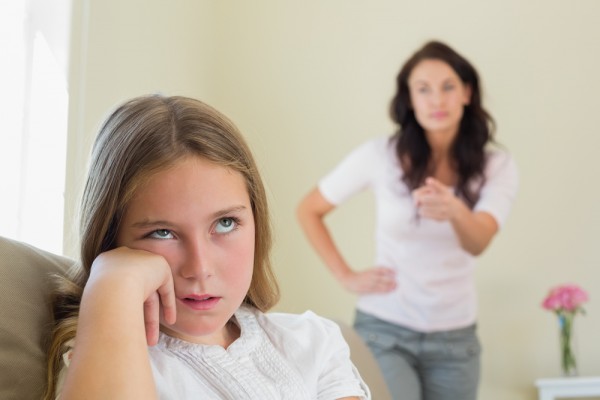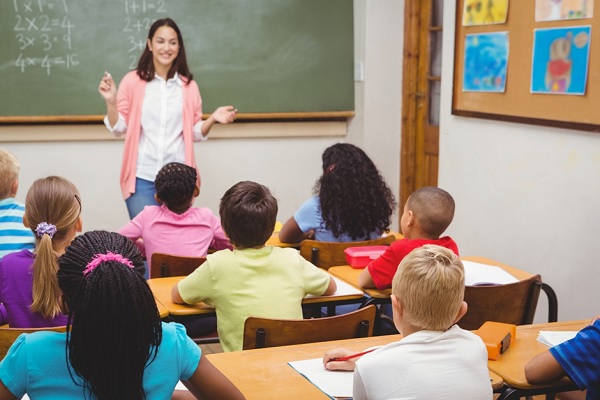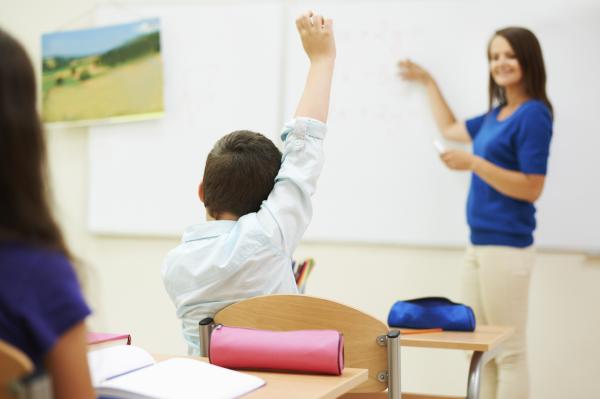We will see here how to apply Positive Discipline in family or school. Being parents or teachers, it is good to open up to other ways of teaching children and teenagers.
What is Positive Discipline?
Positive discipline considers that there are no bad children or adolescents, only bad behaviors, and aims to reveal or reinforce the good behavior of the person, without verbally or physically reprimanding him.
Educators, parents, and teachers who apply such a method are none the less firm. They simply avoid adding stress and violence to the difficult interactions they face.
We will talk about techniques of positive discipline: put together, they are much more effective than the so-called negative discipline, in which the adult uses violence in the hope of reabsorbing bad behavior.
Opinion on positive discipline
The image of a child or teenager of an adult is decisive: if the adults lose theire mind, becomes angry or becomes impatient, he loses credibility. Some young people then take a cunning pleasure in provoking these outbursts.
In addition, a teen or a difficult child does not like to be reprimanded. You, being younger, did not like to be taught to you.
Positive discipline creates a peaceful, constructive and healthy interaction between the adult and the minor. The educator or the parent who applies it does not demean the minor, he treats him as a potential adult and encourages him to develop a sense of responsibility.
As the saying goes: “we reap what we sow”. Have a cold attitude or get angry, and you will only reinforce the effrontery of the child or the teenager. If on the contrary, you remain calm, open to dialogue and show a real desire to help, then the minor will realize it and his aggressive or disrespectful behavior will eventually die out, in favor of a more open attitude, Calm and respectful.
Positive discipline with a difficult teen
We think this discipline is particularly useful for managing a difficult teenager. Positive discipline is to convey social values and behaviors:
- Identity and community: the adolescent must be told that he belongs to a family, a class, a country and circles in which to forge an identity.
- Respect and accountability: these communities accept it as long as it shows respect and respect for its members.
- Participation in group life and problem-solving: the parent or educator must make the adolescent understand that he can help others and gain a sense of gratitude for his or her personal development.
- Personal Achievement: Positive discipline focuses on the talents of each adolescent; The adult helps to reveal the minor’s strengths and interests. Once identified, the adult encourages the adolescent to create and develop his or her interests.
- Image: illustration of an ineffective parental reaction, although common. Leading by example, listening to the child and finding a solution with him (rather than reprimanding and punishing) are some of the pillars on which positive discipline rests.
Positive discipline in the classroom and at school
Positive discipline is also about preventing conflicts between students. To do this, one must understand the root cause of disrespectful or aggressive behavior: most of the time, the student reacts badly because he feels unloved or rejected (within the school or in his family).
As a teacher, you can be the person to count on. Take the student aside to calmly discuss his bad reaction, so that he can reveal his version of the facts and that you can identify the cause. Of course, the student will not reveal anything if there is no climate of trust: be patient and do not force him to confess; Simply be available for a later conversation.
Examples of situations
One child steals the other’s toy. The cause at work is envy or jealousy. It is necessary to teach the child that his actions have a consequence: if he steals a toy, it will create a conflict. If he asks politely, he may be able to get it. Then take the other child apart and teach him to lend the toy.
A teenager insults you in class in front of others. Why is he doing this? Surely to impress the gallery, to reinforce his image of “big hard” with the others … in reality, and without realizing it, he confesses his discomfort. This pupil feels himself to exist in the conflict and you can make him understand that he is destroying himself by doing so. Rather than give an hour of school or refer the student, just tell him you’d like to talk to him after class. Pick up your court and take it aside once the lesson is over. Ask him if he knows why he is doing this and engage in dialogue from there. Tell him that you are there to teach him things that may be useful or interesting to him and support him, including if he has problems outside of school.
By doing so, you will avoid future conflicts, because you will pay attention to a child who probably does not have any, or even little, results, even late ones will come and your initiative will have been worthwhile. The trick to applying positive discipline is to see each child as a dependent child: act with them as if it were the future of your own children.
Tip to illustrate the spirit of positive discipline: If you truly believe in each student’s potential, why not let them know in the newsletter? Rather than write down how bad and disrespectful the student is, write that you believe in your potential and that you plan to develop it. The effect will be beneficial to you and the student, especially if the child has never or rarely had compliments, at school or at home. There are enough violent exchanges between students and within families to add to them.
Positive discipline training
Positive discipline is taught and learned., there are training courses in positive teaching techniques. We refer you to the site of the Association Discipline Positive. The courses last 3 days and are currently held in Paris, Nice or Lyon. They are open to teachers and parents.
The card game and the book on Positive Discipline
The reference book, The Positive Discipline, was written by Jane Nelsen and Adrian Garcia. There is also a card game that brings together 52 principles to carry the method with you and apply it intense situations.
The card game
5 examples of cards for parents:
- ENCOURAGING RATHER THAN COMPLIMENTER: if you make a compliment (eg I am proud of you) you reinforce the child’s addiction to the adult. If you encourage (eg, play well, you must be proud of yourself), you focus attention on action, not on your approval, and the child values himself.
- LISTEN BEFORE BEING PLAYED: a child will listen to you if you listen to him first and he understands himself. If you want the child to listen, show the example first.
- ERRORS: When the child makes a mistake, do not get angry but take advantage of it to teach him to avoid it
- CONTROLLING HER OWN BEHAVIOR: Teach by example, because a child will not control his behavior if you do not control your own (mirror effect), give yourself a break rather than explode, breathe or count inwardly 10 to bring down anger, ask for forgiveness if you have made a mistake: recognize your wrongs.








